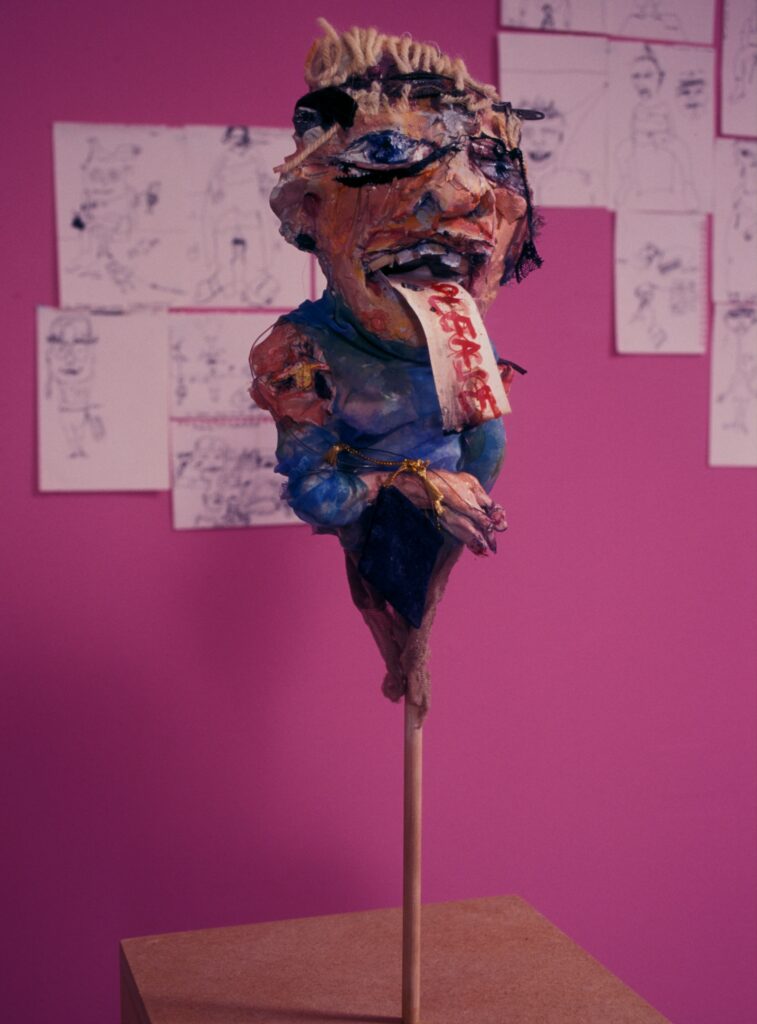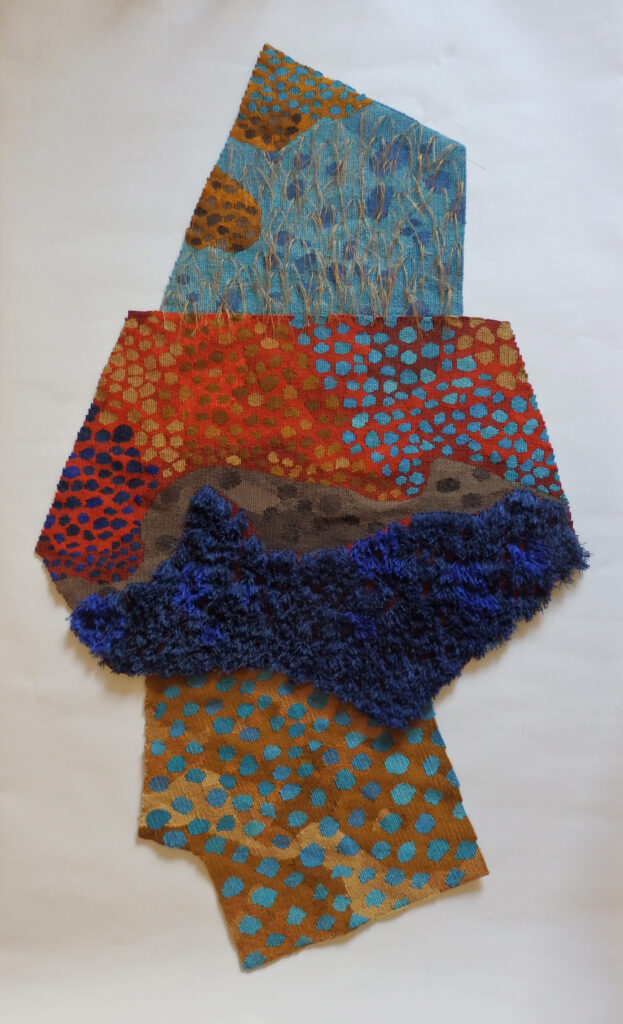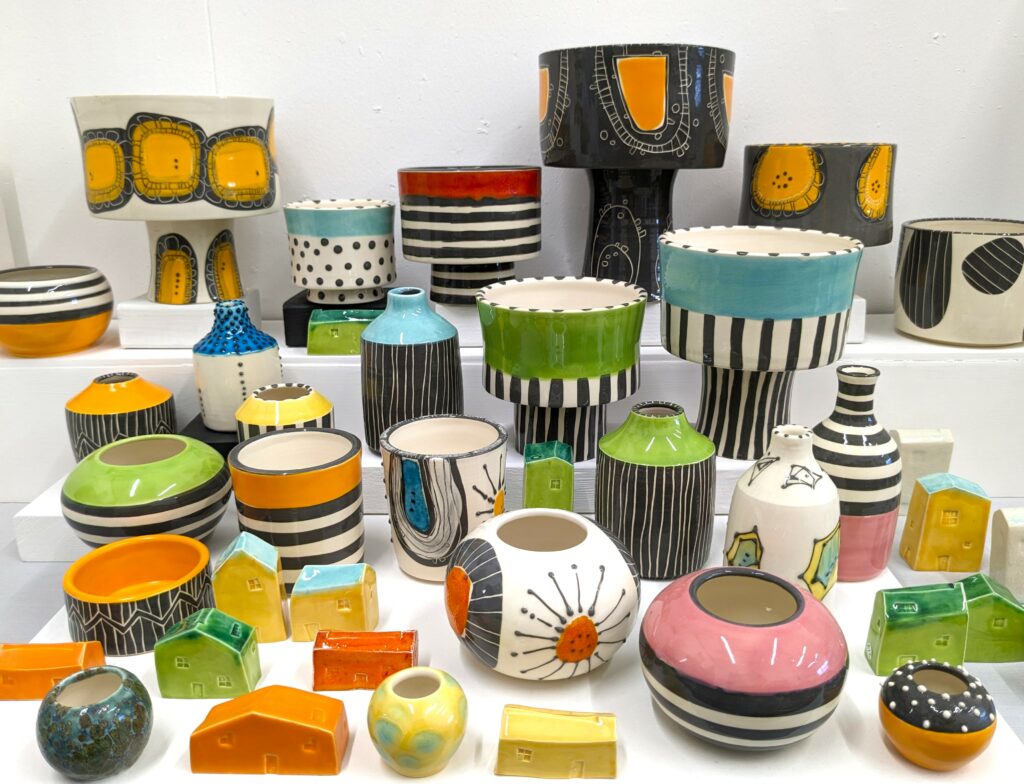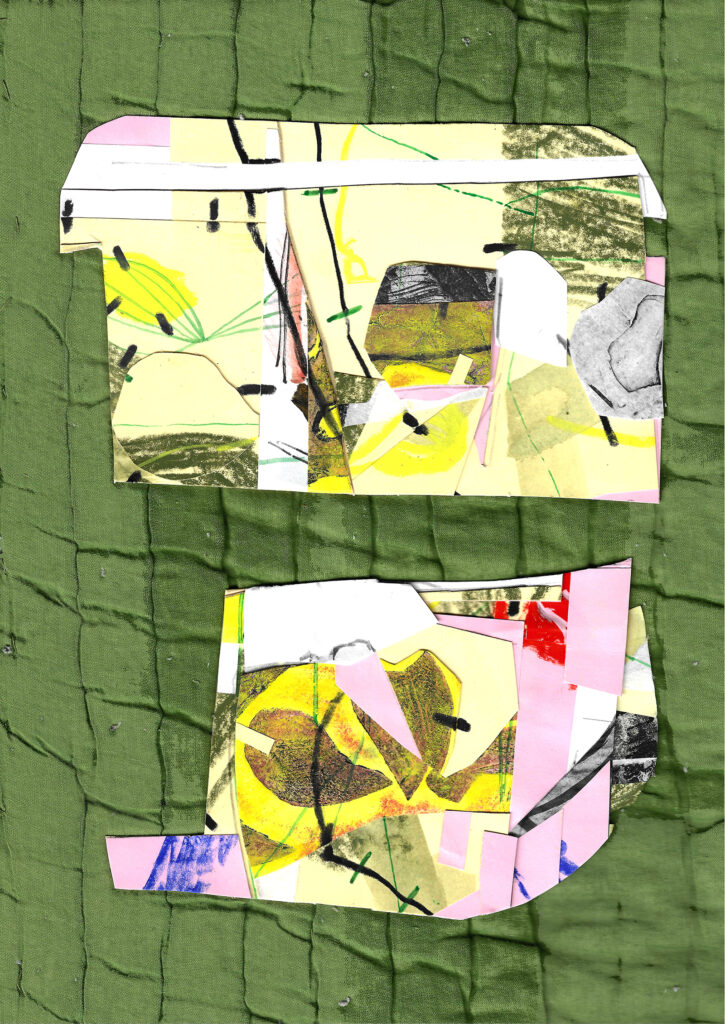tit-bits…..an exhibition of drawing and sculpture made from the detritus of everyday, half-forgotten conversations, malformed impressions, shards of clothing, and broken mobile phones.
tit-bits… a pleasing bit of something, a morsel, this and that; a title borrowed from the infamous, though short-lived British magazine of the 1880s, which collated for her readers a selection of informative snippets, jokes, and stories. To the millions who read them each week, these tit-bits were a source of light entertainment. To the generation of modernist writers who reached adolescence during the magazine’s peak, they were the epitome of low culture, a sure sign of the degradation of society at the hands of the masses….tit-bits…the rag that Joyce’s Leopold Bloom paws over while squatting at his privy.
tit-bits… the stuff from which these drawings and sculptures are made: the detritus of the everyday; half-forgotten conversations, malformed impressions, shards of clothing, broken mobile phones. Here is the ugliness of the mundane; the farce of modern consumer culture. Ugliness binds the work to a long lineage of the grotesque in art, a lineage that, Mikhail Bakhtin observed, possesses a critical dimension wherever it appears. In its ability to parody and debase, the grotesque can reverse hierarchical structures and subvert the value systems of the society from which it emerges – a process that Bakhtin saw at work in the carnivalesque, where the grotesque was employed by popular culture – or where, perhaps, popular culture was employed by the grotesque.
tit-bits… amusing, perhaps absurd, glimpses at life. For all their apparent horror these figures are nonetheless funny, always retaining the ability to provoke laughter. This humour flows from a preoccupation with the body’s margins, where the base functions and vulnerabilities of our physiques emerge, avoided but inevasible. Mouths, noses, breasts, and stomachs are variously amplified, distorted, twisted out of, or into, shape – yet the sum of the artifice reveals a more fundamental truth. What appears from the fragments and the mockery and the degradation are ragile, singular beings, conceits, pretensions and indignities laid bare.
Fiona Robertson is a Glasgow-based artist and has lectured Painting and Printmaking at Glasgow School of Art since the mid nineties. Her practice is multifaceted and spans a range of media including drawing, painting, sculpture and experimental film. Fiona’s research and work are centrally concerned with the uses of memory, both in the formation of identity (collective and personal) and the way art, repurposing memory, can subvert and reimagine identity in turn. Her work could be seen as following a lineage of artists who challenged artistic and political norms through the primitive, the childish and the surreal – in particular, Dada and Expressionism. Fiona’s work has been selected for international film competitions at acclaimed festivals such as Oberhausen and Go Short. She also exhibits locally – most recently ‘The cook, the cupboard and Joan of Arc’ was shown at the RSA in Edinburgh. She active in the local arts community and has curated exhibitions and events (https://beggarsteeth.com). Her site-specific sculpture ‘Green Man’ is located in Glasgow’s Necropolis. Fiona regularly collaborates with, and is commissioned by, performance and theatre makers. In 2017, her site-specific sculpture and film ‘Bad Sheep’ was screened as part of a touring performance promenade.
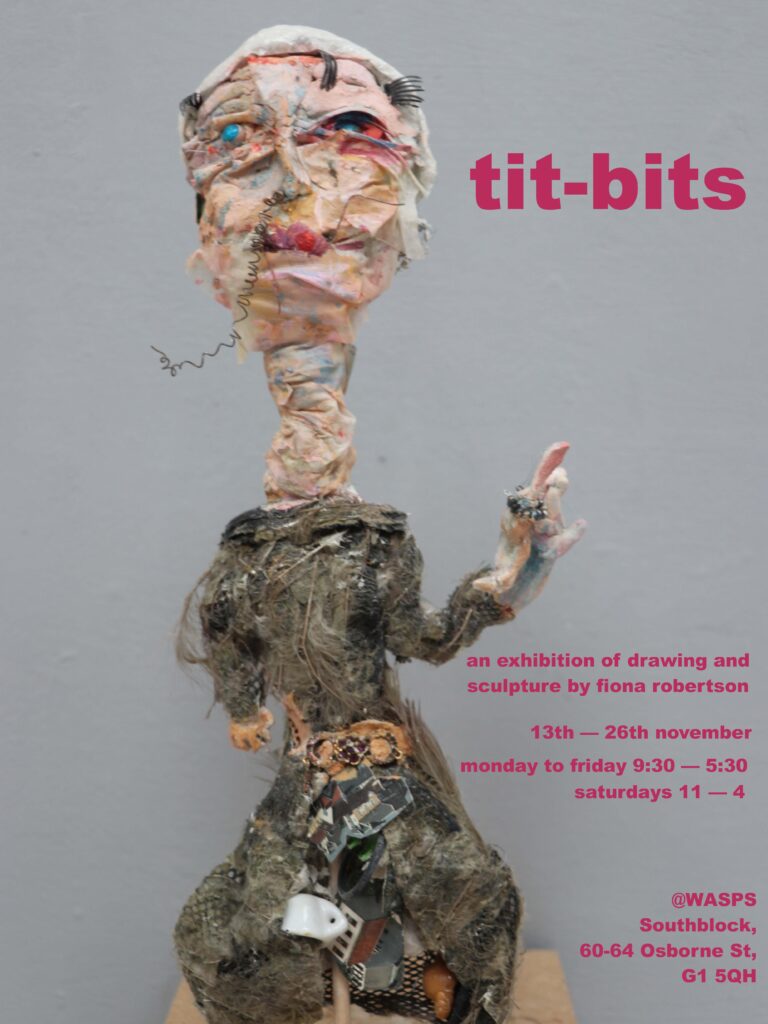
Exhibition
Event Details
Date: November 13 - November 24
Time: Mon-Fri, 9:30am-5:30pm and Sat, 11am-4pm
Address:
South Block
South Block
60-64 Osborne Street
Glasgow
G1 5QH
